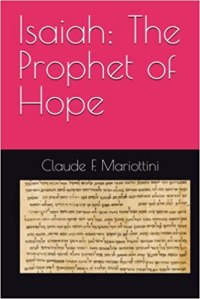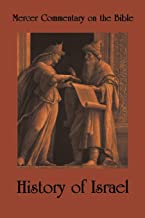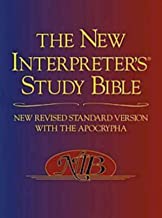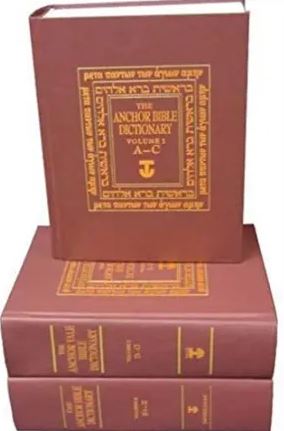NOTE:
This post has been withdrawn. The post has been published in my book, Isaiah: The Prophet of Hope. The book presents Isaiah’s message of hope, focusing on a study of the Immanuel’s oracle in Isaiah 7:14. You can order the book from Amazon.
Visit my Amazon author’s page to purchase the book (click here).
Claude Mariottini
Emeritus Professor of Old Testament
Northern Baptist Seminary
A Note About This Post:
Before “The Birth of Immanuel” was withdrawn for publication, “The Birth of Immanuel” was read by 577 readers. You can read “The Birth of Immanuel” and other articles on Isaiah by reading my book Isaiah: The Prophet of Hope. Below is the content of the book:
CONTENTS
List of Abbreviations – Page vii
Preface – Page ix
Chapter 1 Isaiah, The Prophet of Hope: Isaiah 8:16 – Page 1
Chapter 2 The Donkey and Its Crib: Isaiah 1:3 – Page 9
Chapter 3 The Mountain of the Lord’s House: Isaiah 2:1–5 – Page 13
Chapter 4 The Song of the Vineyard: Isaiah 5:1–7 – Page 16
Chapter 5 The Sign of Immanuel: The Rise of Assyria: Isaiah 7:14 – Page 24
Chapter 6 The Sign of Immanuel: Isaiah 7:4 – Page 29
Chapter 7 The Virgin Shall Conceive: Isaiah 7:14 – Page 34
Chapter 8 The Birth of Immanuel: Isaiah 7:14 – Page 39
Chapter 9 The Presence of Immanuel: Isaiah 8:10 – Page 44
Chapter 10 Immanuel: God Is With Us: Matthew 1:23 – Page 50
Chapter 11 The Child Immanuel: Isaiah 7:10–16 – Page 56
Chapter 12 Isaiah’s Wife: Isaiah 8:3 – Page 59
Chapter 13 The Land That Is in Distress: Isaiah 9:1 – Page 63
Chapter 14 The People Living in Deep Darkness: Isaiah 9:1–2 – Page 68
Chapter 15 “You Have Increased Their Joy”: Isaiah 9:3 – Page 72
Chapter 16 The Peaceful Kingdom: Isaiah 11:1–10 – Page 75
Chapter 17 The Desert Highway: Isaiah 35:1–10 – Page 79
Chapter 18 Deutero-Isaiah: The Prophet of the Exile: Isaiah 40:1–11 – Page 82
Chapter 19 Hope for the Future: Isaiah 40:1–2 – Page 88
Chapter 20 The Way of the Lord: Isaiah 40:3 – Page 95
Chapter 21 God’s Faithfulness and Human Commitment: Isaiah 40:6 – Page 100
Chapter 22 Israel’s Life in Exile: Isaiah 40:27 – Page 104
Chapter 23 Fear and Trust: Isaiah 41:13 – Page 110
Chapter 24 Israel in Babylon: Isaiah 52:4 – Page 113
Chapter 25 The Profanation of God’s Name: Isaiah 52:3–26 – Page 120
Chapter 26 The Punishment of the Wicked: Isaiah 66:24 – Page 127
Bibliography – Page 143
Claude Mariottini
Emeritus Professor of Old Testament
Northern Baptist Seminary
NOTE: Did you like this post? Do you think other people would like to read this post? Be sure to share this post on Facebook and share a link on Twitter or Tumblr so that others may enjoy reading it too!
I would love to hear from you! Let me know what you thought of this post by leaving a comment below. Be sure to like my page on Facebook, follow me on Twitter, follow me on Tumblr, Facebook, and subscribe to my blog to receive each post by email.
If you are looking for other series of studies on the Old Testament, visit the Archive section and you will find many studies that deal with a variety of Old Testament topics.
















